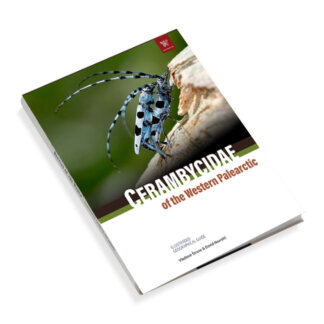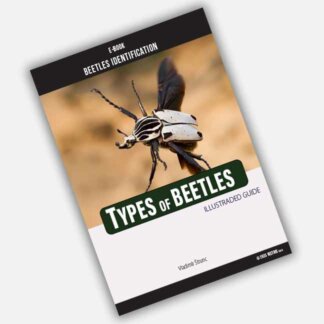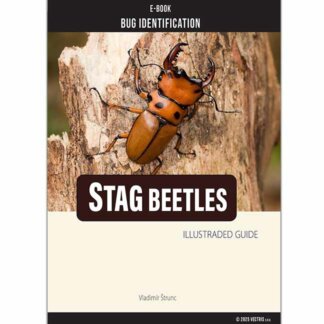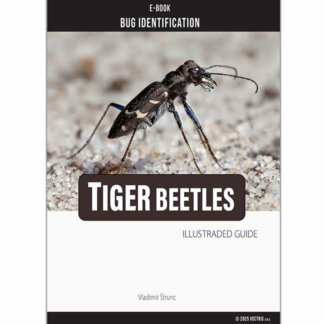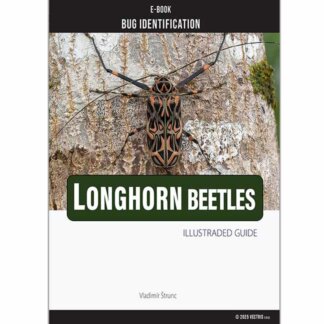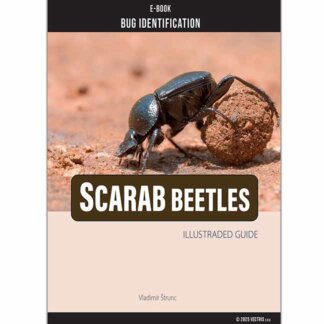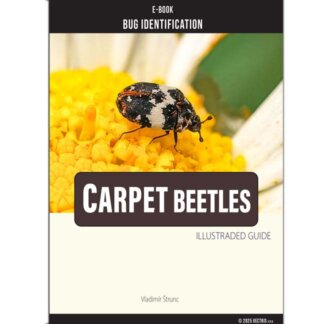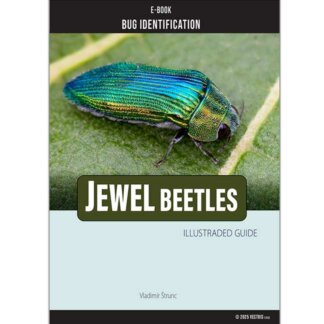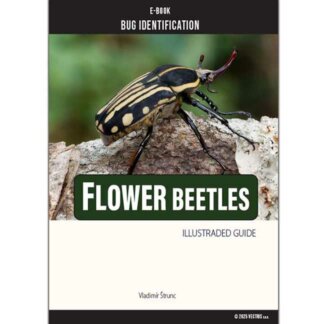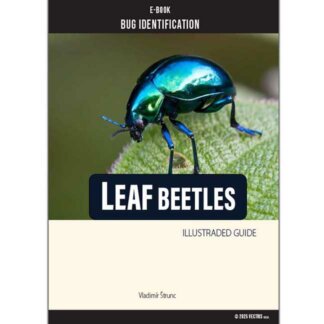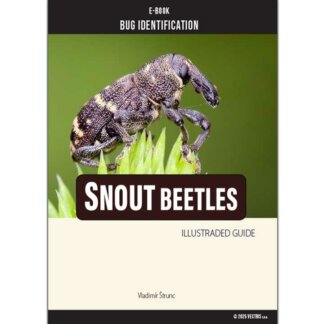Unique atlases with photos. The Jewel Beetle, belonging to the family Buprestidae, is renowned for its striking iridescent coloration and unique morphological characteristics.
Are you a student or interested in entomology? Don’t miss the exclusive discounts offered by the author! Contact today for special pricing for students and entomologists – save money and support your curiosity and studies at the same time. Contact us now to take advantage of this opportunity! You will receive a reply promptly
Book novelties:
Prioninae of the World I., Cerambycidae of the Western Paleartic I. June Bugs,
Types of beetles insects
New E-Book: Ground Beetles, Tiger Beetles, Longhorn Beetles, Jewel Beetles, Stag Beetles, Carpet Beetles, Scarab Beetles, Rhinoceros Beetles, Weevil Beetles, Blister Beetles, Leaf Beetles, Flower Beetles,
Start Shopping, Start Saving – prices from $3 USD
Jewel Beetle
These beetles are often found in a variety of habitats, including forests, grasslands, and even urban areas.
Physical Characteristics
Jewel beetles are renowned for their metallic sheen, which ranges from green, red, blue, and gold to combinations of these colors. This iridescence is caused by microscopic structures in their exoskeleton that reflect and refract light.
They have torpedo-shaped bodies with heads partially retracted into the prothorax, resembling a turtleneck.
Some species use their wing covers (elytra) to produce sounds for communication.
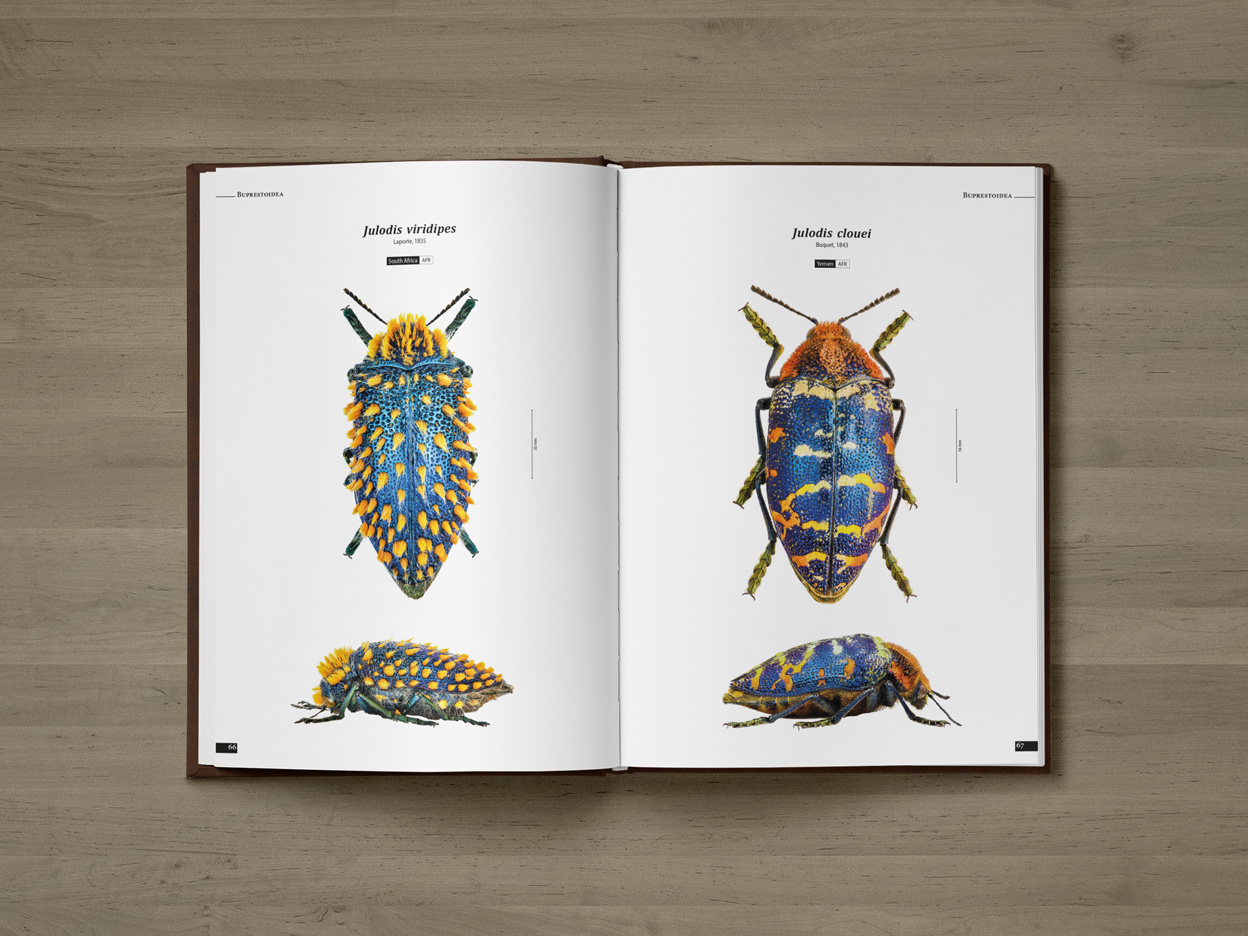
Books about Beetles
Unique pictorial atlases for identifying Beetles:
(2020) Tiger Beetles of the World, Cicindelidae, Illustrated guide to the genera
(2023) Tiger Beetles of Africa, Cicindelidae, Geographical guide to the family Cicindelidae
(2024) Tiger Beetles of Orient, Cicindelidae, Geographical guide to the family Cicindelidae
(2022) Ground Beetles of Africa, Afrotropical Region
(2022) Jewel Beetles of the World, Buprestidae, Illustrated guide to the Superfamily Buprestoidea
(2008) The Prionids of the World, Prioninae, Illustrated catalogue of the Beetles
(2010) The Prionids of the Neotropical region, Prioninae, Illustrated catalogue of the Beetles
Jewel Beetle
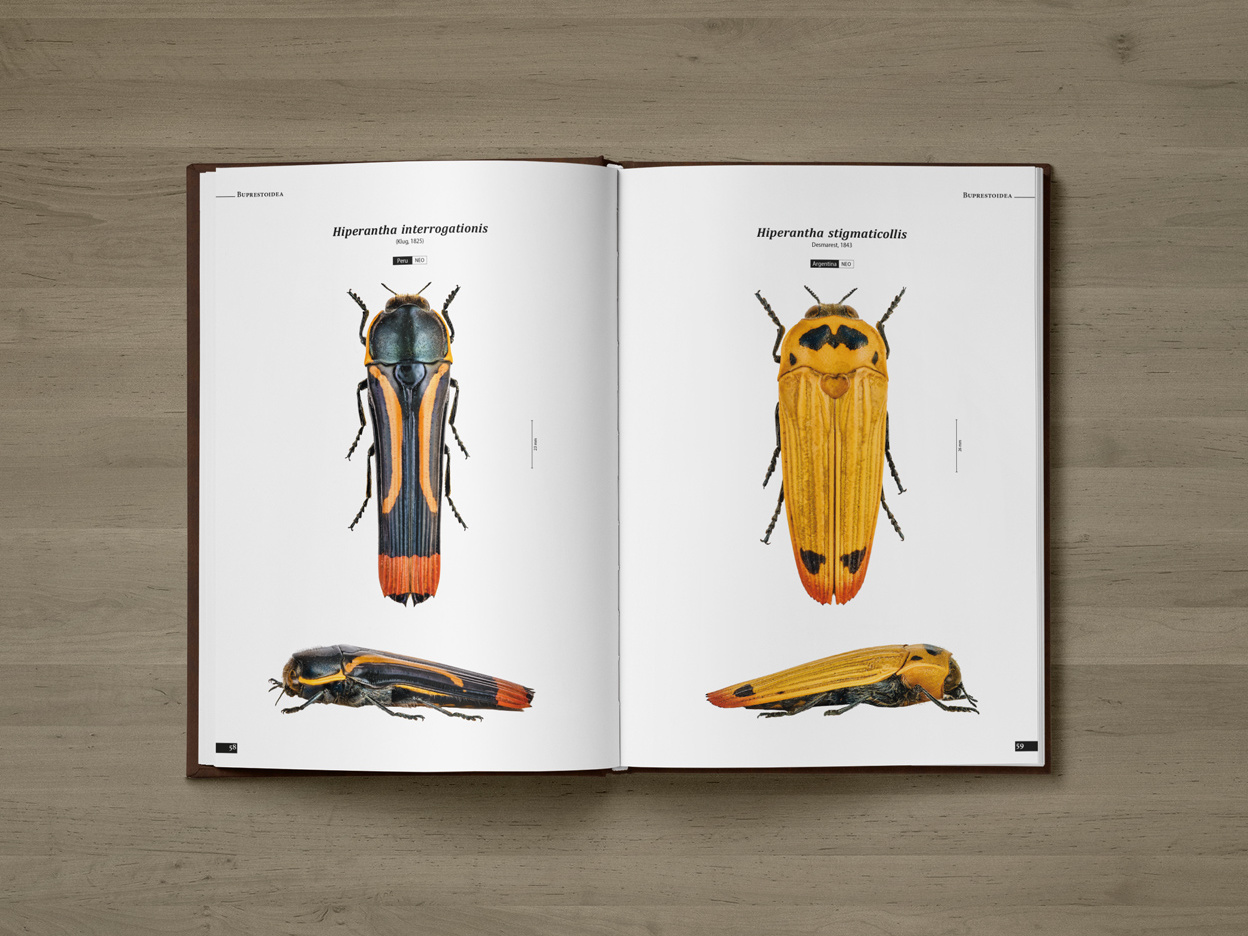

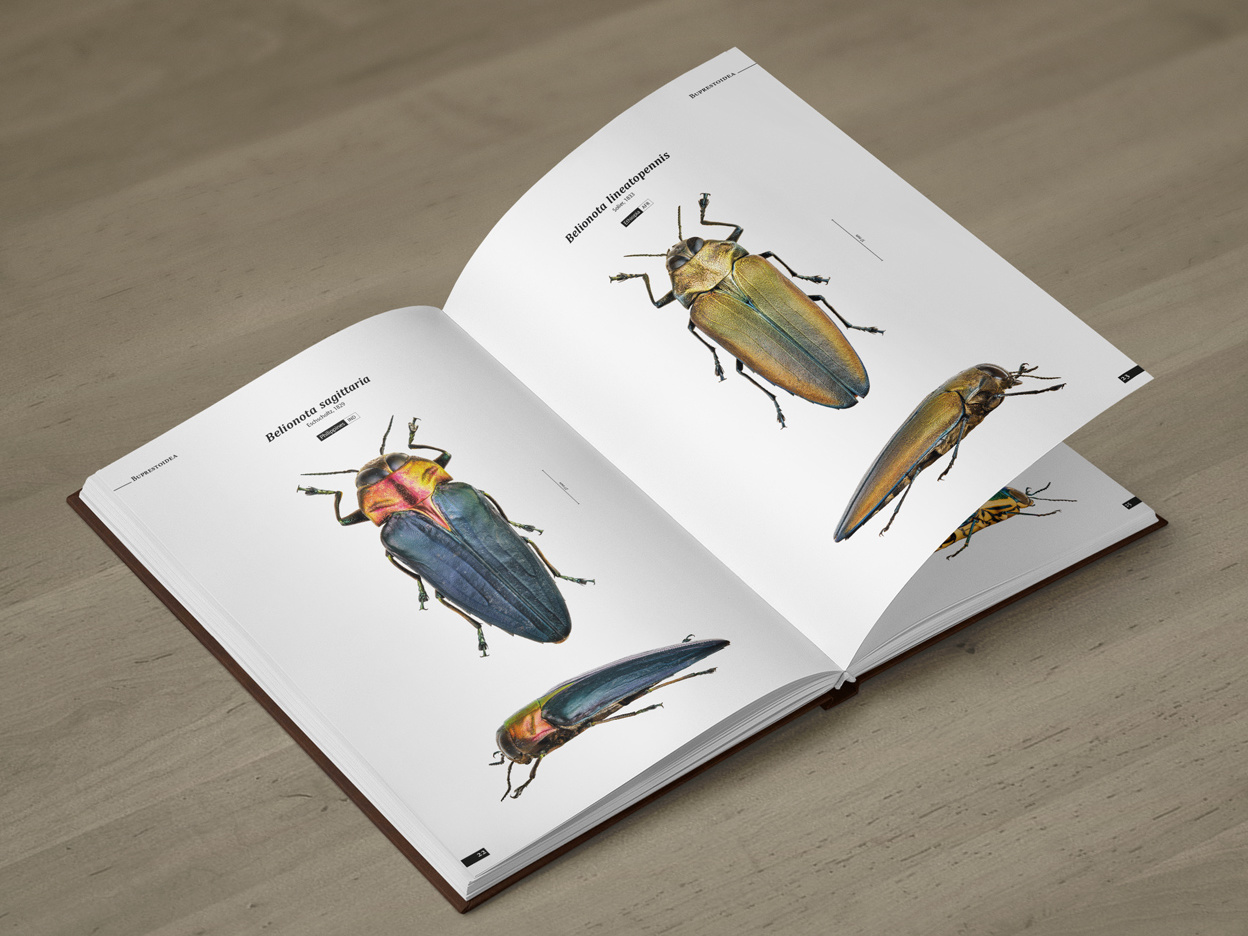
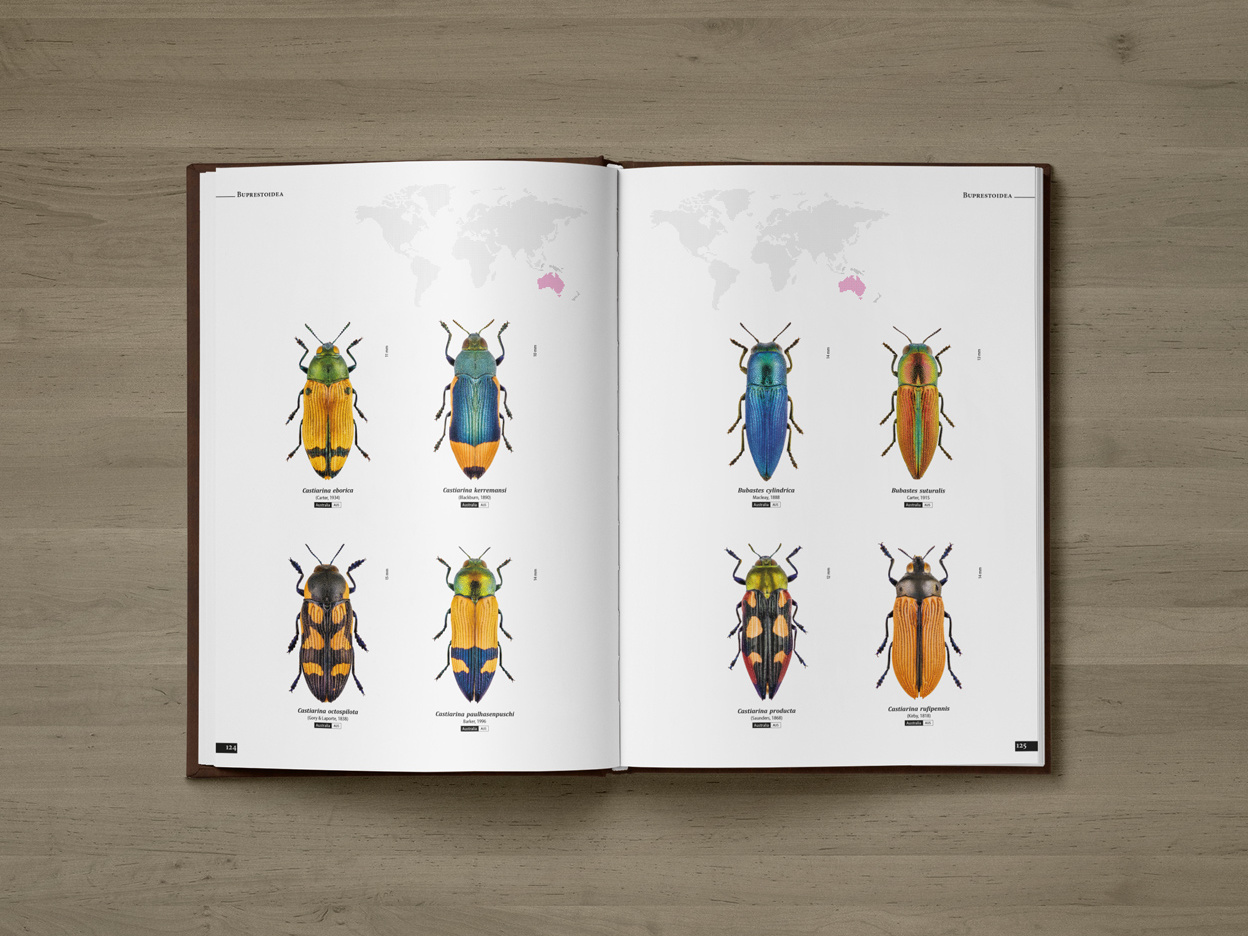
Diversity
The Buprestidae family includes over 15,000 species worldwide, making it one of the largest beetle families.
Notable species include Chrysochroa fulgidissima (gold and green) and members of the Sternocera genus (metallic blue, purple, green).
Bug Posters, Insect Posters

Biology and Life Cycle
Egg Stage: Eggs are laid on tree trunks or branches.
Larval Stage: Larvae bore through wood, forming tunnels. They are legless, C-shaped, and feed on organic material in their environment.
Pupal Stage: Pupation occurs inside chambers within wood, where larvae transform into adults.
Adult Stage: Adults emerge with vibrant metallic colors that serve purposes like mate attraction and predator deterrence.
Unique Abilities
Some jewel beetles (Melanophila species) possess infrared receptors that allow them to detect forest fires from up to 80 kilometers away. This adaptation helps them locate burnt wood to lay eggs. These receptors are being studied for applications such as fire detection systems.
Ecological Roles
Jewel beetles contribute to nutrient recycling through their wood-boring larval stage and assist in pollination as adults.
However, some species are pests. For example:
The emerald ash borer (Agrilus planipennis) has caused significant damage to ash trees in North America.
Other species attack orchard trees or ornamental plants.
Cultural Significance
Their colorful elytra have been used in jewelry and decorative items due to their aesthetic appeal.
Jewel beetles are a fascinating group of insects that play both beneficial and harmful roles in ecosystems while captivating scientists and collectors alike with their beauty and unique adaptations.
Jewel Beetle – facts and trivia
-
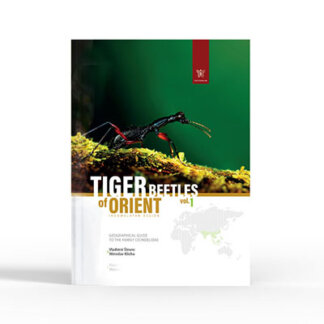 Tiger Beetles of Orient€ 129.00
Tiger Beetles of Orient€ 129.00 -
 Tiger Beetles of Africa€ 129.00
Tiger Beetles of Africa€ 129.00 -
 The Prionids of the WorldProduct on sale€ 50.00
The Prionids of the WorldProduct on sale€ 50.00 -
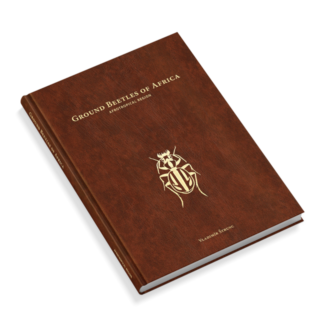 Ground Beetles of Africa (2nd edition)€ 136.00
Ground Beetles of Africa (2nd edition)€ 136.00 -
 Tiger Beetles of the World€ 99.00
Tiger Beetles of the World€ 99.00 -
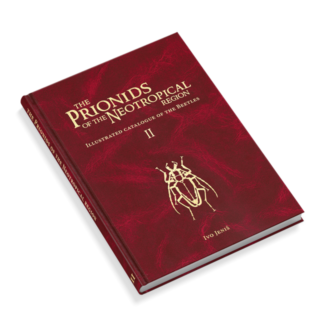 The Prionids of the Neotropical region€ 65.00
The Prionids of the Neotropical region€ 65.00
1. Buprestid beetles, also known as jewel beetles, are admired for their vibrant, metallic colors. |
|
| 2. Beetle jewelry has been crafted using jewel beetles for centuries in various cultures. | |
| 3. Insects in jewelry are a unique form of adornment, with jewel beetles being a popular choice due to their natural beauty. | |
| 4. Jewel beetle jewelry is often created by preserving the iridescent exoskeletons of these beetles. | |
| 5. The jewel song list remains unrelated to jewel beetles. | |
| 6. Insects in amber jewelry sometimes include ancient jewel beetles, preserved perfectly in resin. | |
| 7. Vintage insect jewelry frequently features jewel beetles, reflecting past trends in natural adornments. | |
| 8. Victorian insect jewelry showcased jewel beetles as exotic and fashionable accessories. | |
| 9. Victorian bug jewelry included jewel beetles, which were highly sought after for their striking colors and patterns. | |
| 10. Beetle jewelry live is unrelated to jewel beetles. | |
| 11. The purple jewel beetle is one of the many colorful species within the Buprestidae family. | |
| 12. The golden jewel beetle shimmers with metallic gold hues, making it particularly attractive. | |
| 13. Victorian insect jewelry incorporated jewel beetles, symbolizing nature’s beauty and intricacy. | |
| 14. Real insect jewellery uses actual insects, with jewel beetles being a favorite choice for their durability and beauty. | |
| 15. Real insect jewelry often features jewel beetles because of their vibrant and durable exoskeletons. | |
| 16. Vintage jewelry ideas might include incorporating preserved jewel beetles for a unique touch. | |
| 17. Jewel beetle ACNH is unrelated to jewel beetles. | |
| 18. Jewel beetle mooncat is unrelated to jewel beetles. | |
| 19. Maquech beetle jewelry involves living beetles adorned with jewels, a controversial practice. | |
| 20. Jewel beetle larvae feed on wood, sometimes causing damage to trees. | |
| 21. Vintage jewelry display ideas could incorporate jewel beetle specimens to showcase nature-inspired designs. | |
| 22. Victorian era jewelry characteristics often included the use of natural elements, such as jewel beetles. | |
| 23. Types of vintage plastic jewelry do not involve jewel beetles, as they use synthetic materials. | |
| 24. Upcycled vintage jewelry ideas might include using jewel beetle wings to repurpose old pieces. | |
| 25. Vintage plastic jewelry types do not include jewel beetles. | |
| 26. Maquech live beetle jewelry involves adorning live beetles with jewels, a practice seen in some cultures. | |
| 27. Victorian beetle jewelry used jewel beetles for their vibrant colors and symbolic association with nature. | |
| 28. Jewel beetle price can vary depending on the species, rarity, and size of the specimen. | |
| 29. What is Victorian jewelry? It often included natural elements like jewel beetles, valued for their aesthetic appeal. | |
| 30. Jewel beetle Washington State is unrelated to jewel beetles. | |
| 31. Types of vintage jewelry clasps are unrelated to jewel beetles. | |
| 32. Jewel beetle Oregon is unrelated to jewel beetles. | |
| 33. Jewel beetle paint color is unrelated to jewel beetles. | |
| 34. Jewel top 5 songs is unrelated to jewel beetles. | |
| 35. Jewel beetle spiritual meaning is unrelated to jewel beetles. | |
| 36. Jewel beetle California is unrelated to jewel beetles. | |
| 37. Jewel beetle CAD is unrelated to jewel beetles. | |
| 38. Jewel and jewelry difference is unrelated to jewel beetles. | |
| 39. Insect jewelry of the Victorian era often featured jewel beetles due to their exotic appeal. | |
| 40. Indian jewel beetle species display a wide array of vibrant colors and patterns. | |
| 41. Jewelry box song list is unrelated to jewel beetles. | |
| 42. Jewel beetle wings for sale are sometimes available for crafting and artistic purposes. | |
| 43. Jewel beetle symbolism is unrelated to jewel beetles. | |
| 44. Jewel beetle lifespan varies depending on the species, ranging from a few months to several years. | |
| 45. Victorian hand jewelry meaning is unrelated to jewel beetles. | |
| 46. Jewel beetle animal crossing price is unrelated to jewel beetles. | |
| 47. Are jewel bugs poisonous? Jewel beetles are not poisonous, but some species may be toxic if ingested. | |
| 48. Jewel bug scientific name refers to the Buprestidae family, known for their metallic appearance. | |
| 49. Types of Victorian jewelry often incorporated natural elements like jewel beetles for their beauty. | |
| 50. Jewel beetle pet is uncommon, but some enthusiasts keep them in terrariums. | |
| 51. Buprestid beetle larvae are wood-boring insects that can cause significant damage to trees. | |
| 52. Golden buprestid beetles are prized for their brilliant metallic gold coloration. | |
| 53. Golden buprestid beetle species are highly sought after by collectors for their beauty. | |
| 54. Jewel beetle wings are used in art and jewelry for their iridescent qualities. | |
| 55. Green jewel beetle species are found in various habitats around the world. | |
| 56. The rainbow jewel beetle exhibits a stunning array of colors, making it a favorite among collectors. | |
| 57. Jewel beetles Australia are diverse and display a range of vibrant colors and patterns. | |
| 58. The red spotted jewel beetle is easily recognizable due to its distinctive red markings. | |
| 59. The gold jewel beetle is prized for its brilliant metallic gold coloration. | |
| 60. Jewel beetle animal crossing is unrelated to jewel beetles. | |
| 61. The Madagascar blue jewel beetle is endemic to Madagascar and displays stunning blue coloration. | |
| 62. Jewel beetle for sale are available from insect collectors and online vendors. | |
| 63. Jewel beetle green paint is unrelated to jewel beetles. | |
| 64. Jewel beetle necklace is a unique piece of jewelry made using jewel beetle exoskeletons. | |
| 65. Jewel beetle meaning is unrelated to jewel beetles. | |
| 66. Jewel beetle art incorporates jewel beetles into various forms of artistic expression. | |
| 67. Buprestis beetle is an alternative name for jewel beetles, referring to the Buprestidae family. | |
| 68. Jewel beetle paint is unrelated to jewel beetles. | |
| 69. Jewel beetle sonic is unrelated to jewel beetles. | |
| 70. Buprestidae identification involves distinguishing different species of jewel beetles based on their characteristics. | |
| 71. Are jewel beetles harmful to humans? Jewel beetles are not harmful to humans and pose no direct threat. | |
| 72. Buprestidae is the scientific family name for jewel beetles. | |
| 73. Jewel beetles are admired for their vibrant, metallic colors and are often used in jewelry. | |
| 74. Buprestid beetle is another name for jewel beetles, referring to the Buprestidae family. | |
| 75. Buprestidae beetle refers to any beetle belonging to the Buprestidae family, including jewel beetles. | |
| 76. Buprestidae beetles are known for their metallic and iridescent colors, making them highly sought after. | |
| 77. Jewel beetle is a common name for beetles in the Buprestidae family, known for their vibrant colors. | |
| 78. Jeweled beetles is a term used to describe jewel beetles, highlighting their gem-like appearance. | |
| 79. Buprestid larvae are wood-boring insects that can cause damage to trees. | |
| 80. Buprestidae larvae are the larval stage of jewel beetles, typically feeding on wood. | |
| 81. The blue jewel beetle displays stunning blue coloration, making it highly prized by collectors. | |
| 82. Types of jewel beetles include a wide variety of species, each with unique colors and patterns. | |
| 83. Jewel bug price is unrelated to jewel beetles. | |
| 84. Buprestidae life cycle involves distinct stages, from egg to larva to pupa to adult beetle. | |
| 85. Jewel beetle life cycle includes egg, larval, pupal, and adult stages, each playing a role in their development. | |
| 86. Jewel beetle scientific name refers to the species-specific name within the Buprestidae family. | |
| 87. What do jewel beetles eat? Jewel beetles typically feed on leaves, flowers, pollen, and wood. | |
| 88. Where do jewel beetles live? Jewel beetles inhabit various environments, including forests, grasslands, and deserts. | |
| 89. Jewel beetle species are diverse, with thousands of different types found worldwide. | |
| 90. Jewel beetle drawing is a popular subject for artists, capturing the intricate details of their exoskeleton. | |
| 91. Jewel beetle facts include their vibrant colors, wood-boring larvae, and use in jewelry. | |
| 92. Jewel beetles facts highlight their beauty, diversity, and ecological roles. | |
| 93. Are jewel beetles poisonous? Jewel beetles are not poisonous, but some species may be toxic if ingested. | |
| 94. Are jewel beetles dangerous? Jewel beetles are not dangerous to humans and pose no direct threat. | |
| 95. Buprestidae characteristics include metallic colors, flattened bodies, and wood-boring larvae. | |
| 96. Jewel beetles diet consists mainly of leaves, flowers, pollen, and wood. | |
| 97. Jewel beetle habitat includes forests, grasslands, deserts, and other environments where their food sources are available. | |
| 98. Jewel beetle jewellery is a unique form of adornment, using the iridescent exoskeletons of these beetles. | |
| 99. What is a jewel beetle? It is a beetle from the Buprestidae family, known for its vibrant, metallic colors. | |
| 100. Buprestidae habitat varies depending on the species, but generally includes forests and woodlands. | |
| 101. Jewel beetle UK is unrelated to jewel beetles. | |
| 102. Green jewel beetle scientific name refers to the species-specific name within the Buprestidae family. | |
| 103. Indian jewel beetle scientific name refers to the species-specific name within the Buprestidae family. | |
| 104. Are jewel beetles edible? Jewel beetles are not commonly consumed by humans, but some cultures may eat them. | |
| 105. Are jewel beetles harmful? Jewel beetles are not harmful to humans and pose no direct threat. | |
| 106. How long do jewel beetles live? The lifespan of jewel beetles varies depending on the species, ranging from a few months to several years. | |
| 107. Jewel beetles of Taiwan are diverse and exhibit a range of vibrant colors and patterns. | |
| 108. Jewel beetles of the world are found on every continent except Antarctica, with thousands of species. | |
| 109. Jewel beetle insect is a general term for beetles in the Buprestidae family, known for their metallic appearance. | |
| 110. Jewel beetle diet consists mainly of leaves, flowers, pollen, and wood. | |
| 111. Do jewel beetles bite? Jewel beetles do not typically bite humans and pose no direct threat. | |
| 112. Jewel beetle diagram is a visual representation of the anatomy of a jewel beetle, highlighting key features. | |
| 113. Are jewel beetles endangered? Some species of jewel beetles are endangered due to habitat loss and other factors. | |
| 114. Where are jewel beetles found? Jewel beetles are found on every continent except Antarctica, with diverse habitats. | |
| 115. Jewel beetles for sale are available from insect collectors and online vendors. | |
| 116. Jewel beetle order is unrelated to jewel beetles. | |
| 117. What does jewel beetle eat? Jewel beetles typically feed on leaves, flowers, pollen, and wood, depending on the species. |



